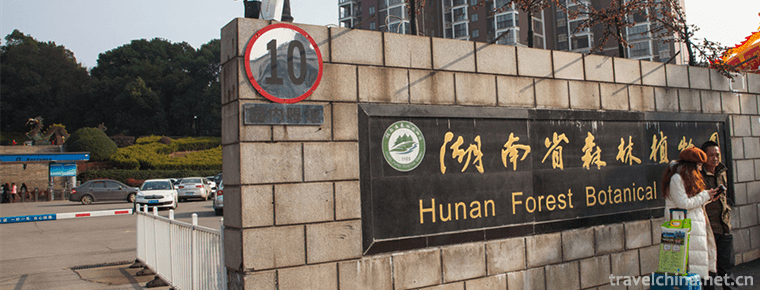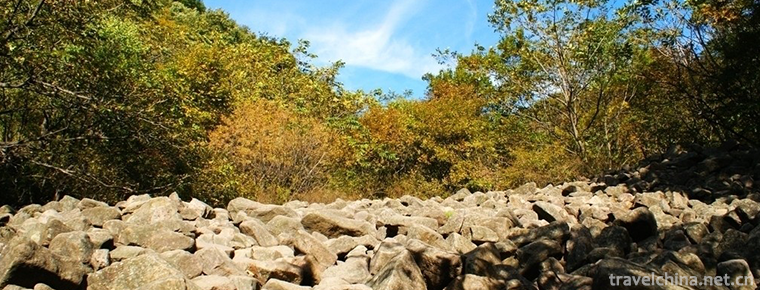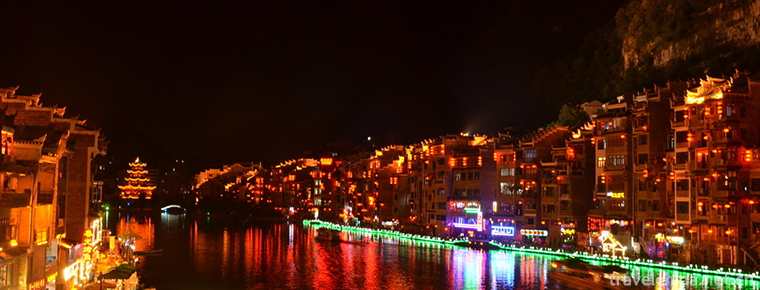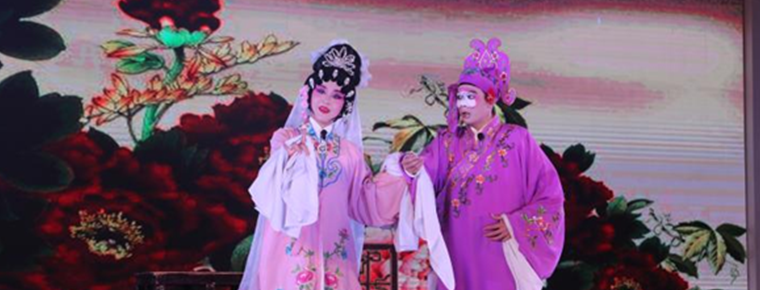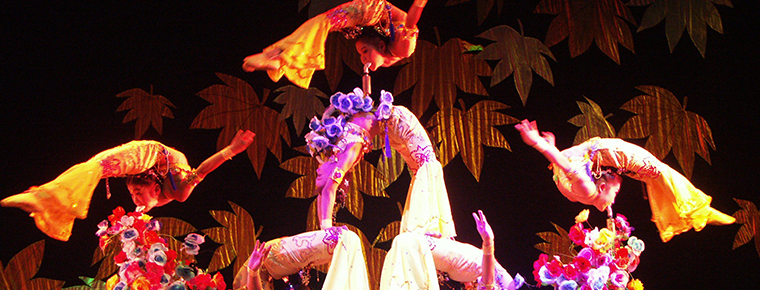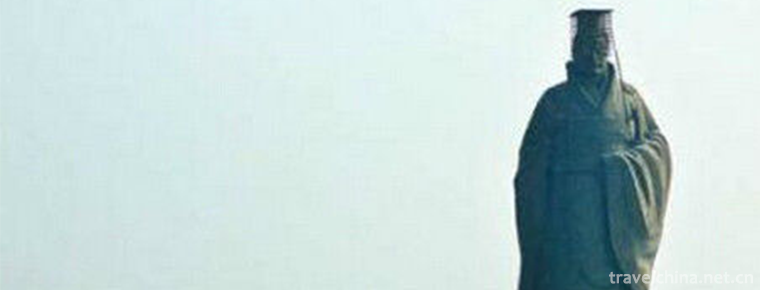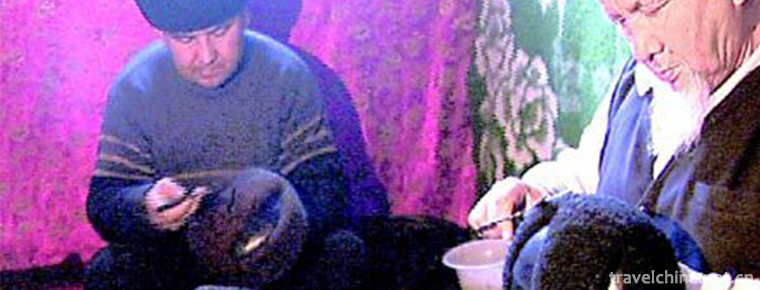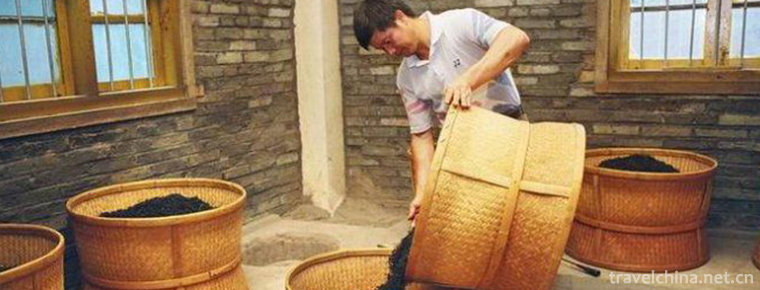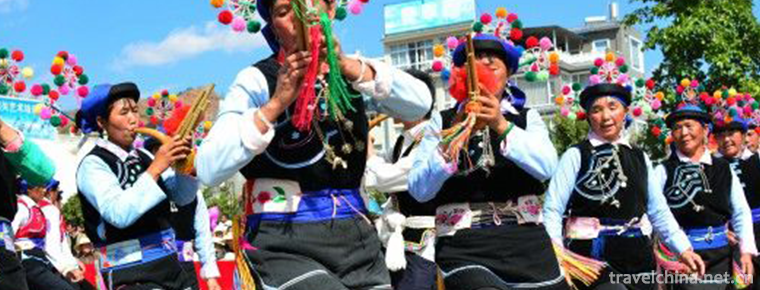zhangjiajie national forest park Avatar Filming place
Zhangjiajie national Forest Park is located in Zhangjiajie City, northwest of Hunan province. On September 25, 1982, with the approval of the State Council of the People's Republic of China, the original Zhangjiajie Forest Farm was officially named "Zhangjiajie National Forest Park", which was also the first National Forest Park in China. In December 1992, the peculiar quartz sandstone peak forest was listed in the World Natural Heritage List by the United Nations, and in February 2004, it was listed in the World Geopark. The total area of the park is 4810 hectares.
The national Forest Park of Zhangjiajie is famous for its natural beauty, with Gu Xianyou and Yulin. During this period, there are more than 3000 strange peaks, such as people like beasts, such as utensils like objects, vivid image, magnificent momentum, has the "3000 strange peaks, 800 beautiful water" reputation. The main attractions of include Jin whip Creek, Yuan Jia Jie, Yang Jiajie, etc.
On November 24, 1934, the Second and Sixth Legions of the Red Army liberated Dayong County and established the Revolutionary Committee of Dayong County. Zhangjiajie belongs to the Revolutionary Committee of Dayong county.
In 1949, after the founding of new China, the government of Dayong county set up Zhangjiajie Township and withdrew from Zhangjiajie Township, which belonged to Pingping township.
In 1958, the Dayong county government in the Zhangjiajie forest farm was named the state-run Zhangjiajie forest farm.
In 1982, the State Council named the state-owned Zhangjiajie Forest Farm as the first National Forest Park in China, which is called "Zhangjiajie National Forest Park in Dayong, Hunan Province". The appellation of Zhangjiajie was first identified by the central government.
In 1989, the State Council approved the establishment of the People's Government of Wulingyuan District (County) in Zhangjiajie City. Zhangjiajie National Forest Park is under the jurisdiction of Wulingyuan District.
In December 1992, the Wulingyuan area, with Zhangjiajie National Forest Park as its core, was listed on the World Natural Heritage List by the United Nations because of its peculiar quartz sandstone peak forest.
In February 2004, it was listed in the World Geopark.
In 2007, it was awarded the first batch of 5A grade tourist areas in China.
It is a monsoon humid climate in the north subtropical zone. The average annual temperature is 17, the average January temperature is 5.1, the average July temperature is 28, and the annual precipitation is 1400 mm. Zhi Liu railway runs through the territory. The trunk highway runs across Zhangjiajie airport. Tourist attractions are: Wulingyuan Scenic Spot, Sangzhi County Jiutiandong, Badagongshan, Yongding District Maoyan River drift, Tianmen Mountain, Cili County Wuleishan, Yongding District Yuhuangdong Cave Grottoes, Puguang Zen Temple, etc. There are Zhangjiajie National Forest Park, Suoxiyu Nature Reserve, Tianzishan Nature Reserve, Badagong Mountain Nature Reserve, Tianmen Mountain National Forest Park and so on. The memorial sites include the Red Army's Long March departure site, Helong's former residence, Hunan, Hubei, Sichuan and Guizhou Provincial Revolutionary Committee of the Chinese Soviet Republic, and the old sites of the provincial military region. Hollywood came to Zhangjiajie to take pictures, which Cameron saw and used in the movie Avatar.
The park has more than 3000 peaks, rich in forest plants and wildlife resources, forest coverage of 98%, known as the "Natural Museum and Natural Botanical Garden," the formation of a perfect natural ecosystem.
The Park belongs to the mid-subtropical climate zone. The mountain canyon and dense forest make the park warm in winter and cool in summer. The average annual temperature is 12.8, the average maximum temperature in summer is 16.8, the average minimum temperature in winter is 9.6, the air in the park is fresh and the negative oxygen ions are high. It is an ideal place for recreation and summer. .
Zhangjiajie sandstone peak forest landform is a unique geomorphological form and physical geographical characteristics, developed in the Devonian Yuntaiguan Formation and Huangjiadang Formation, peak forest concentrated area of 86 square kilometers. It is a unique landform which is rare in the world under the special geological structure position, the special neotectonic movement and the external force action condition. There are more than 3,000 stone terraces in the park, of which more than 1,000 are over 200 meters high and the Golden Whip rock is as high as 350 meters high. The individual shapes are square mountains, platforms, peak walls, peak clusters, peak forests, stone gates, natural bridges, Gorges and gorges. With the unique sandstone peak forest landscape as the core and karst landscape as the backdrop, the park has a large number of geological relics, such as formed geological profiles, special fossil producing areas, and forms a unique sandstone peak forest landform combination landscape.
Exploitation and utilization
Zhangjiajie National Forest Park strictly manages scenic spots, rationally exploits and utilizes them, and maximizes the protection of heritage resources. The protection of peak forests and karst caves, ancient and famous trees and rare and endangered plants, wildlife protection, forest fire prevention, forest pest control, environmental protection and other categories were clearly and carefully planned. The zoning plans for the periphery of the park, the construction of Gaoyun District, and the improvement of the stalls in the park have been worked out to protect the resources of Zhangjiajie National Forest Park. According to the principle of "localization, ecology and refinement", the construction project must be coordinated with the surrounding landscape and the overall environment of the World Heritage Site, and the pollution prevention facilities should be implemented according to the environmental protection requirements of the heritage site, so that the pollution prevention facilities and the main project can be designed, constructed and put into use simultaneously. The construction projects that fail to meet the requirements of environmental protection shall be rectify within a specified time, otherwise they may not be put into use.
In addition, according to the principle of "unified deployment, hierarchical supervision and step-by-step implementation", Zhangjiajie National Forest Park has established and improved the "digital scenic spot" supervision information system, and strengthened the control of illegal demolition. By using the monitoring information system, the law enforcement management has been steadily strengthened to effectively manage the planning, construction, operation, safety and housing construction in the scenic spots.
There are more than 90 named scenic spots in the territory, 6 standard slabs and 42 km long. After the forest park was opened to the public, traffic and tourist facilities such as Huangshizhai ropeway and Bailong ladder were built successively. Since 1991, Zhangjiajie National Forest Park has held an international forest protection festival, attracting a large number of tourists. Zhangjiajie landscape, including: Huangshizhai Xiong, Jinbianxi seclusion, Yuanjiajie Qi, Yaozi Zhai dangerous, Pipaxi Xiu, Shadaogou wilderness and other six small scenic spots tour line.
Traffic information
The park is very convenient for transportation, only 28 kilometers away from the city proper, airport and railway station. 58 km of international standard lane, safe and comfortable cableway and environmental protection vehicle have been built in the scenic spot. Zhangjiajie National Forest Park has environmental protection vehicles, environmental protection vehicles for the Coster type, is diesel power, less environmental pollution, is conducive to the environmental protection of Zhangjiajie National Forest Park.
The section and route of the environmental protection vehicle are:
1. between Forest Park's old mill Bay and Huangshi village's cableway station.
2. Wulingyuan ticket station - Tianzi mountain cable road down station - ten Li Gallery - water around four doors;
3. The water is surrounded by four doors - the next station of Bailong elevator.
4. the mount long elevator Station - yuanjiajie back garden, yuanjiajie parking lot - Tianzishan parking lot;
5. The park of He Long Park in Tianzishan is on the Tianzi mountain cableway.
Zhangjiajie Tianmenshan Mountain national Forest Park's Mountain Gate - ropeway central station - Tianmen cave.
Sightseeing time
Zhangjiajie National Senli Park is a prototype of the central subtropical monsoon humid climate, full of light and heat, rainfall, frost-free period is long, cold period is short, four distinct seasons, Zhangjiajie winter is not cold, summer is not hot, the average annual temperature is about 16.6 degrees Celsius, four seasons are suitable for sightseeing, the best time to visit is April-October every year.
Name, one is called junk boat gorge, another name is chaos spring gorge.


















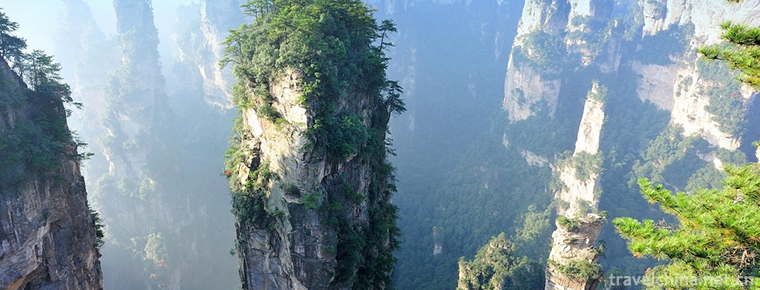
-
Hunan Forest Botanical Garden
Hunan Forest Botanical Garden, also known as Tianjiling National Forest Park and Changsha Botanical Garden, was established in 1985 with the approval of Hunan Provincial People's Government and is und.
Views: 79 Time 2019-01-16 -
Limutai Natural Scenic Area
Limutai Natural Scenic Spot is located at the northernmost end of Tianjin, known as "Tianjin Arctic". In the scenic area, the peak forest and canyon are strong and dangerous.
Views: 172 Time 2019-01-29 -
Libo Karst
Maolan National Karst Forest Nature Reserve, located in the southern suburb of Libo County, is a well-preserved natural forest vegetation in the karst landform of the central .
Views: 156 Time 2019-01-29 -
Hua Chao Opera
Huachao Opera, a local traditional drama in Zijin County, Guangdong Province, is one of the national intangible cultural heritage..
Views: 117 Time 2019-05-04 -
Jianhu acrobatics
Jianhu acrobatics is a kind of traditional acrobatics art of Han nationality, which originated and spread in Jianhu County, Yancheng City, Jiangsu Province. Historically,.
Views: 69 Time 2019-05-05 -
Legend of Su Xian
The legend of Suxian is a local folklore with a long history. Su Xian, Ming Lian, from Guiyang. Su Da lost his father in his early years and depended on his mother for his life. One year, the plague w.
Views: 197 Time 2019-06-17 -
Uygur Karakul fetus
There is a folk song "Turpan grape Hami melon, turtle's lamb a flower". Shaya Uygur Hatters use local lamb skin to make various hats, such as Duhuawa, Wuniqie and Dulikun, for people to buy..
Views: 188 Time 2019-06-26 -
Production Techniques of Dahongpao of Wuyi Rock Tea
Wuyi Rock Tea (Dahongpao) production technology, local traditional handicraft in Wuyishan City, Fujian Province, one of the national intangible cultural heritage..
Views: 116 Time 2019-06-30 -
The Yi Nationality Plays Songs
The dance of the Yi nationality is colorful and varied. It is typical of the simple collective dance "Da Song" (also known as "Ta Song") with the entertainment of the masses. In Mi.
Views: 116 Time 2019-07-12 -
Chengdu Yongling Museum
The Royal Museum of Wang Jian, located at No.10 Yongling Road, Jinniu District, Chengdu, covers a total area of 54000 square meters, and is composed of three parts: cultural relics protection area, comprehensive museum and garden protection area..
Views: 123 Time 2020-10-18 -
Cuiyun corridor
Cuiyun corridor is a section of the ancient Shu Road, and also a section of Jianmen Shu Road, which is famous for its danger. Cuiyunlang, also known as "Huangbai" and "zhangfeibai" in ancient times, is located in Jiange County, Guangyuan City, Sichuan Province, and Zitong County, Mianyang City. Cuiyunlang in Jiange county has been built into a national AAAA scenic spot..
Views: 106 Time 2020-11-08 -
Dazhou City honor
On June 9, 2020, Dazhou was awarded the advanced municipal Party committee and government of Sichuan Province in promoting the development of service industry..
Views: 232 Time 2020-12-20
